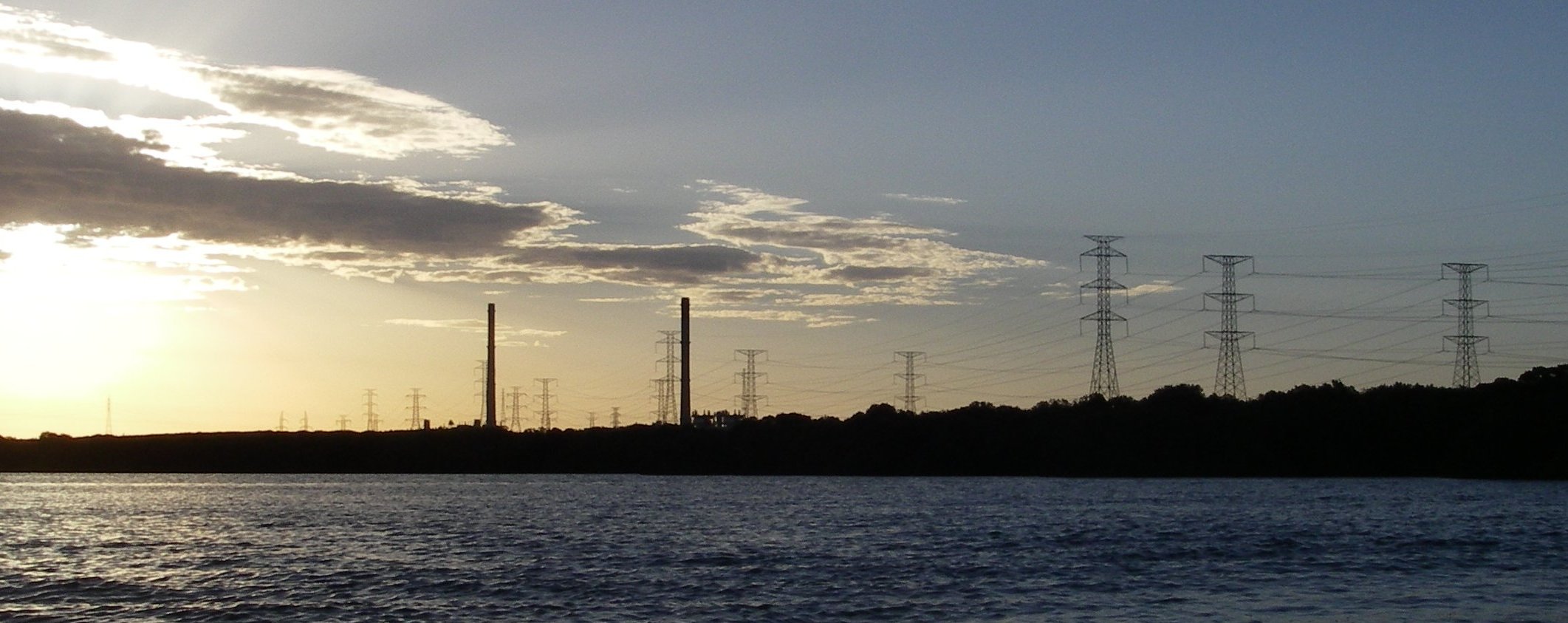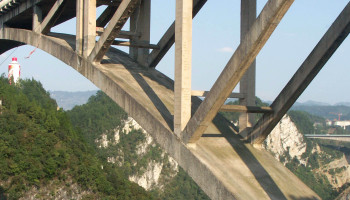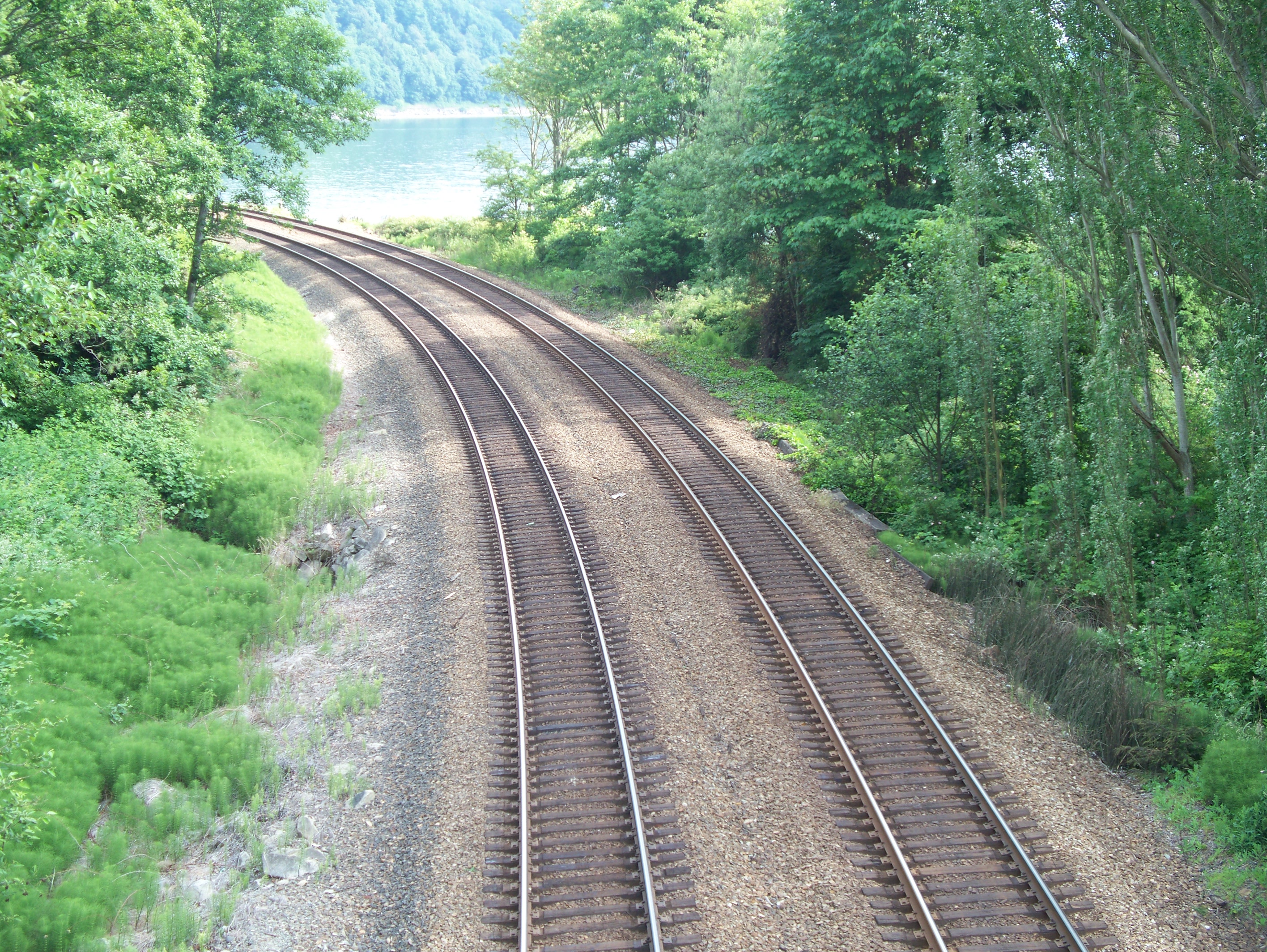Tag: economics
Power

Although Hot Rails will not specify any power infrastructure, we will include some cost estimates of it here all the same. AECOM13 AECOM13’s estimates are detailed in the table below; the total cost of $5.2 billion comes to an average of $2.975m/km. [table] Element,Cost,Unit,Frequency Modify existing substation,$5m,Each,As needed New transmission …
Signalling and Control

Signalling and Control includes the systems set up to ensure safe operation of multiple trains, track switching, scheduling, and related systems. Some estimates also include “communications”, with expenses such as wi-fi basestations that allow on-board internet connectivity. AECOM13 calculates signalling on a unit basis, rather than a per-km basis, which …
Bridges and Viaducts

After tunnels, bridges and viaducts are the second-most expensive line-item in the most of the various proposals for Australian high-speed rail. Here we will provide estimates for cost-per-kilometre of standard bridge types, as well as rail-specific cost-functions for major bridges that require unique specification. AECOM13 estimates The 2013 high speed rail …
An empirical rough order of magnitude cost function for bridge structures

Bridges (over water) and viaducts (over land) can be some of the most expensive infrastructure projects in the world, especially for very long spans. The ability to obtain rough order of magnitude (ROM) costings for bridges based on very preliminary specifications is therefore an important tool for the design of any road …
Track costs

Although the track cost estimates in AECOM13 are reasonable, they are based on just one real-world example from Germany, and additionally are specifically for very high speed track (400km/h). The Hot Rails strategy only requires 200 to 250km/h quality track, for which the required tolerances and material strength is not so …
Power

Although Hot Rails will not specify any power infrastructure, we will include some cost estimates of it here all the same. AECOM13 AECOM13’s estimates are detailed in the table below; the total cost of $5.2 billion comes to an average of $2.975m/km. [table] Element,Cost,Unit,Frequency Modify existing substation,$5m,Each,As needed New transmission …
Signalling and Control

Signalling and Control includes the systems set up to ensure safe operation of multiple trains, track switching, scheduling, and related systems. Some estimates also include “communications”, with expenses such as wi-fi basestations that allow on-board internet connectivity. AECOM13 calculates signalling on a unit basis, rather than a per-km basis, which …
Bridges and Viaducts

After tunnels, bridges and viaducts are the second-most expensive line-item in the most of the various proposals for Australian high-speed rail. Here we will provide estimates for cost-per-kilometre of standard bridge types, as well as rail-specific cost-functions for major bridges that require unique specification. AECOM13 estimates The 2013 high speed rail …
An empirical rough order of magnitude cost function for bridge structures

Bridges (over water) and viaducts (over land) can be some of the most expensive infrastructure projects in the world, especially for very long spans. The ability to obtain rough order of magnitude (ROM) costings for bridges based on very preliminary specifications is therefore an important tool for the design of any road …
Track costs

Although the track cost estimates in AECOM13 are reasonable, they are based on just one real-world example from Germany, and additionally are specifically for very high speed track (400km/h). The Hot Rails strategy only requires 200 to 250km/h quality track, for which the required tolerances and material strength is not so …




